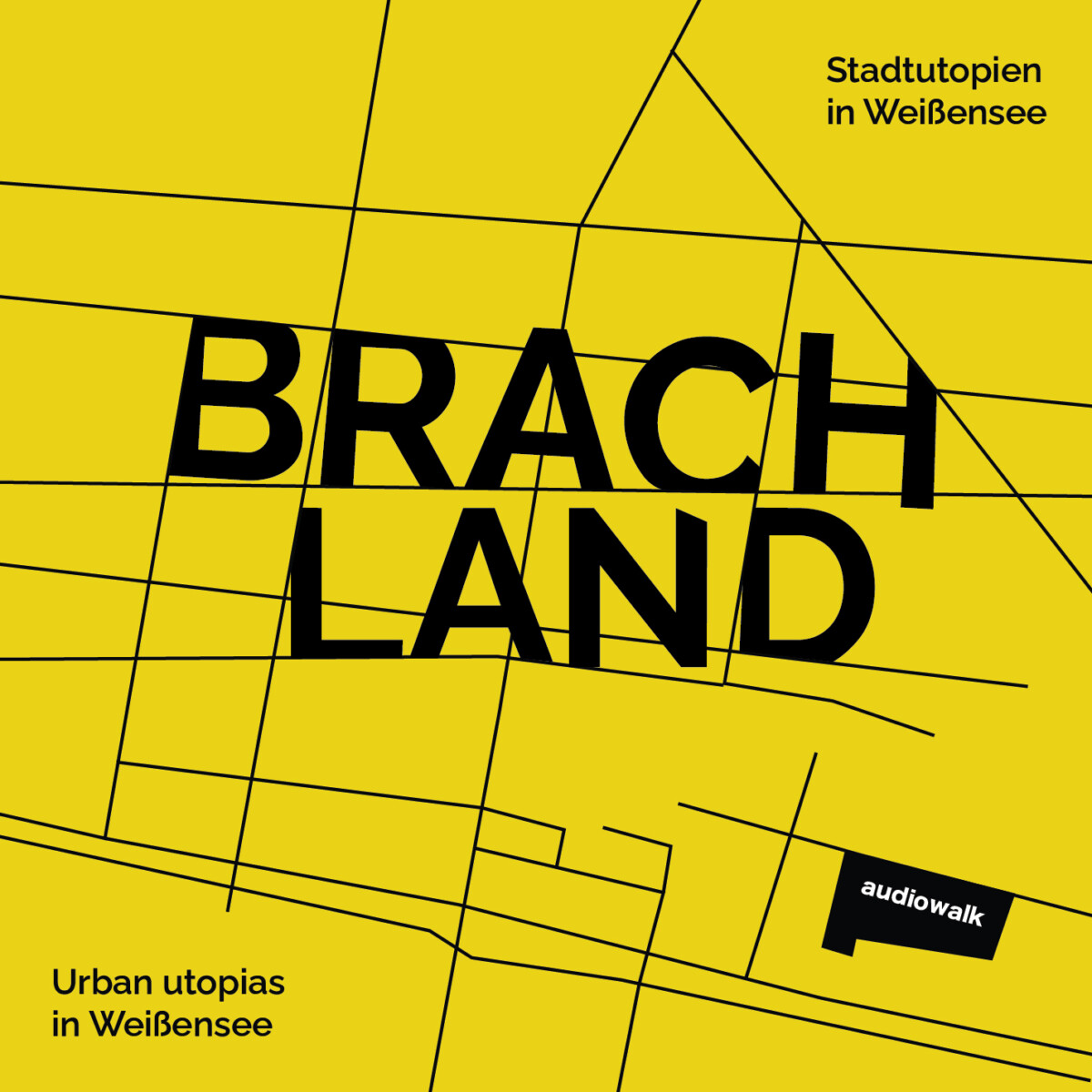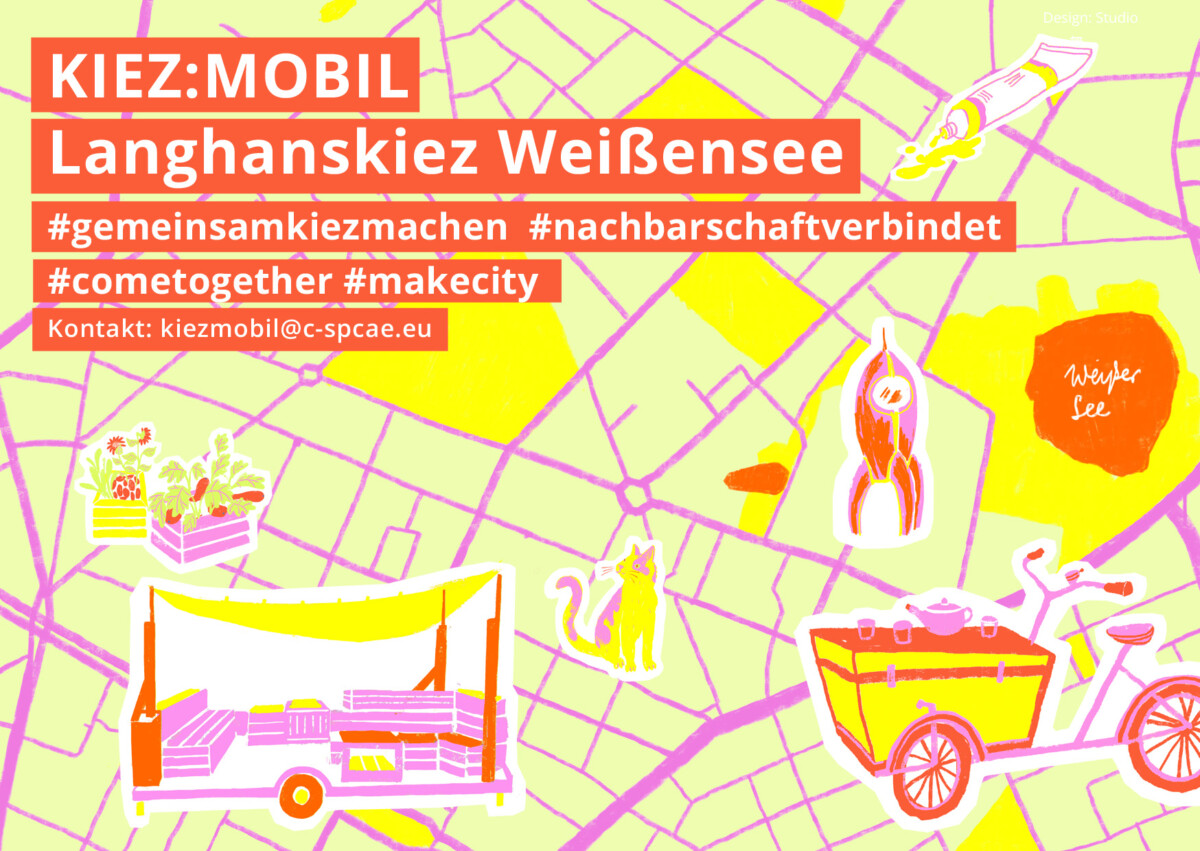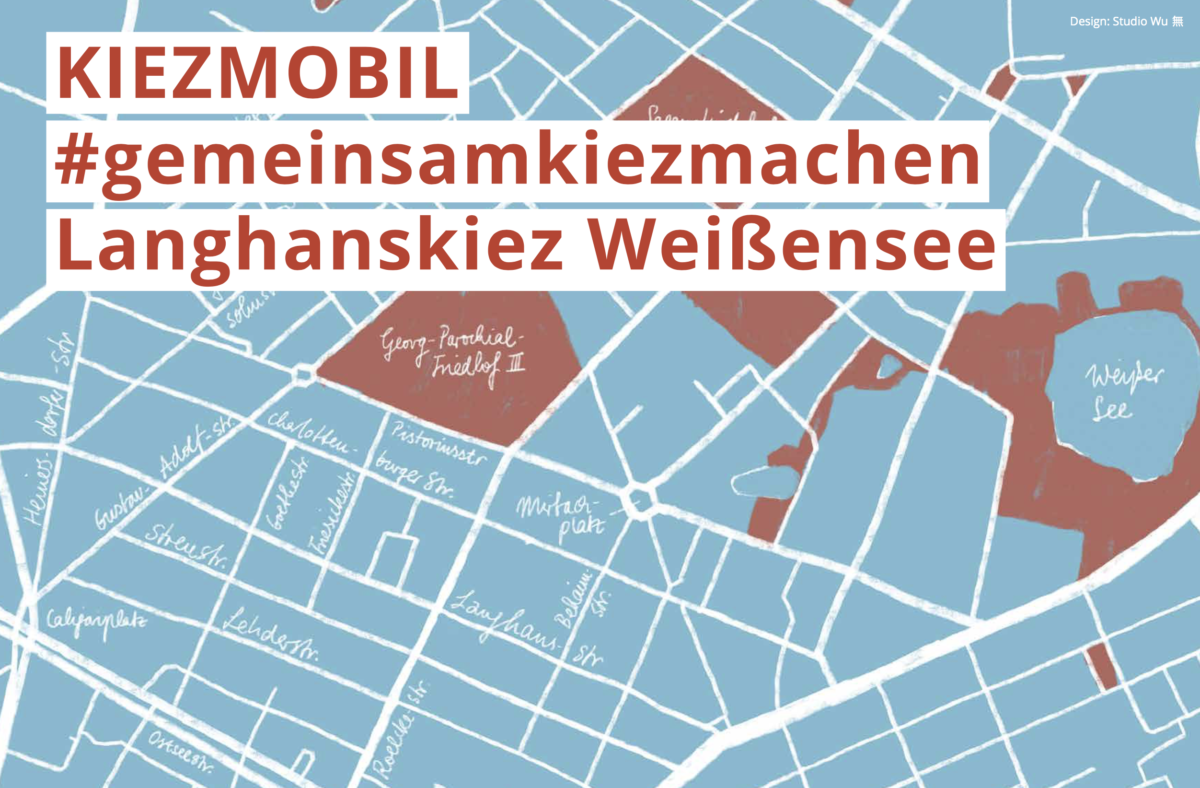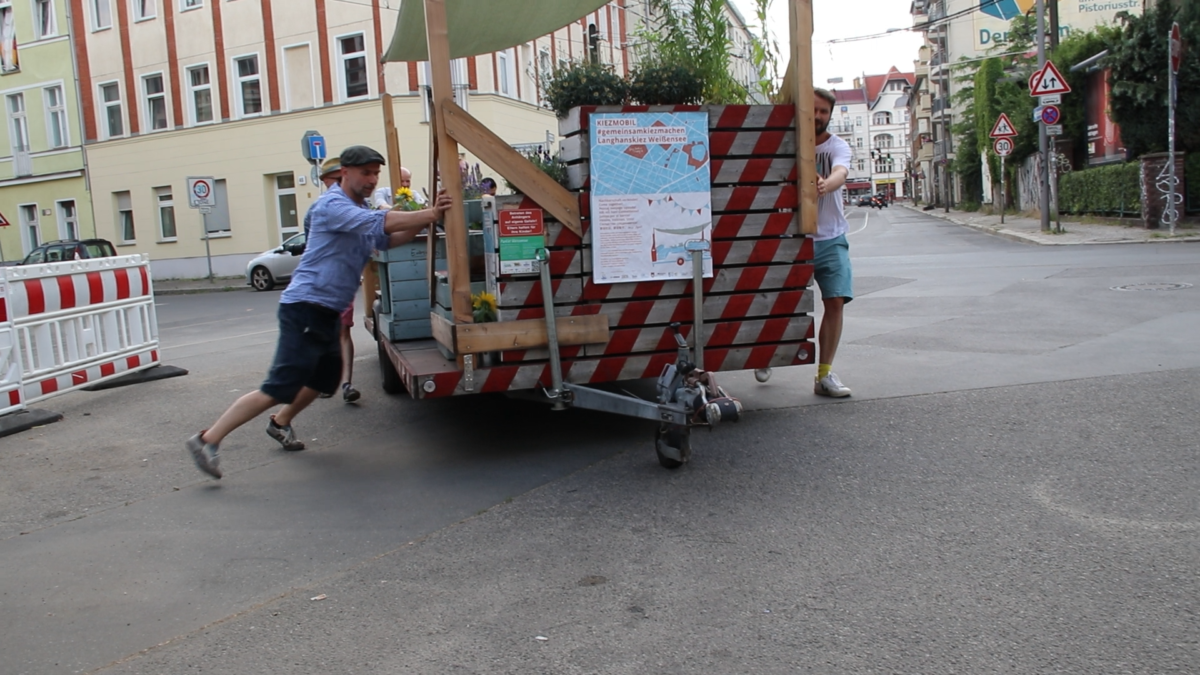
Hier veröffentlichen wir ein kleines ‘Glossar’ von Formaten und Ansätzen im Bereich der mobilen Stadtgestaltung. Dies ist nicht umfassend, sondern soll eine Diskussion und präzisere Definitionen darüber anstoßen, was wir meinen und welche Beispiele es gibt. Wir freuen uns darauf, dies im Rahmen des KIEZ:MOBIL-Projekts und während des Forums “Kooperatives Stadtmachen in Pankow” am 10. Oktober 2023 weiter zu erkunden. Here we provide a small ‘glossary’ of the formats and approaches in urban mobile city making. This is not comprehensive but meant to start a discussion and more precise definitions on what we mean and what the examples are. We look forward to exploring it further with the KIEZ:MOBIL project and during the forum “Kooperatives Stadtmachen- Cooperative Citymaking in Pankow” on October 10, 2023.

→ Temporary Use
An urban developer would define a temporary use in this way: they refer to new forms of design and utilization on fallow land that do not involve changing ownership or planning regulations (www.bbsr.bund.de). To enable temporary uses, a successful collaboration between politics, administration, and civil society is essential. There are different typologies of a temporary use, including temporary use of public spaces and short term use of traffic areas, e.g. game streets.
→ Transiträume, kulturelle Zwischennutzung
→ Spielstraße Tassostraße
→ Wildwiese, neighborhood garden project in Weißensee
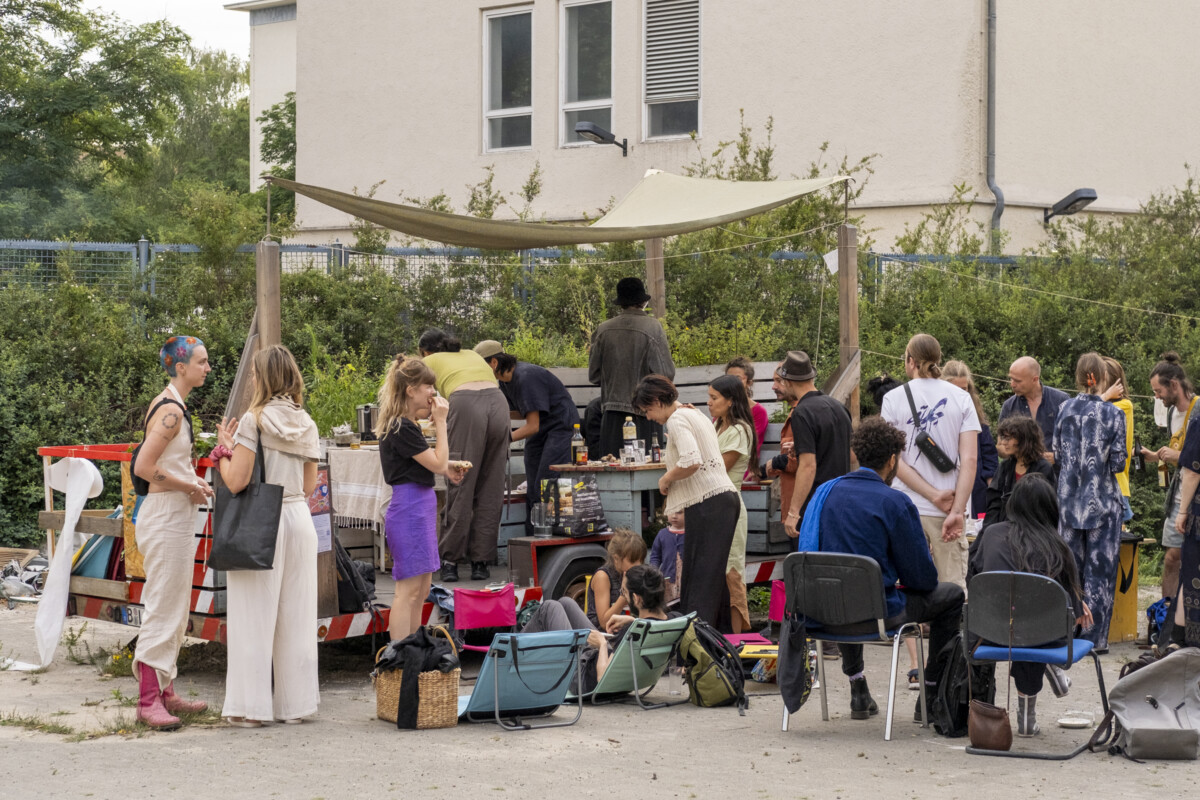
→ Multikodierte Flächen
Multiple use of spaces where different uses can be combined meaningfully or even create synergies (gierschmagazin.de). For example, in one park you can combine walking areas, working and learning spaces, playgrounds, sports areas and recreational spaces.
Flexibility and adaptability of spaces better respond to current challenges in the future, the needs can also be met through temporary or modular elements and experimental spaces.
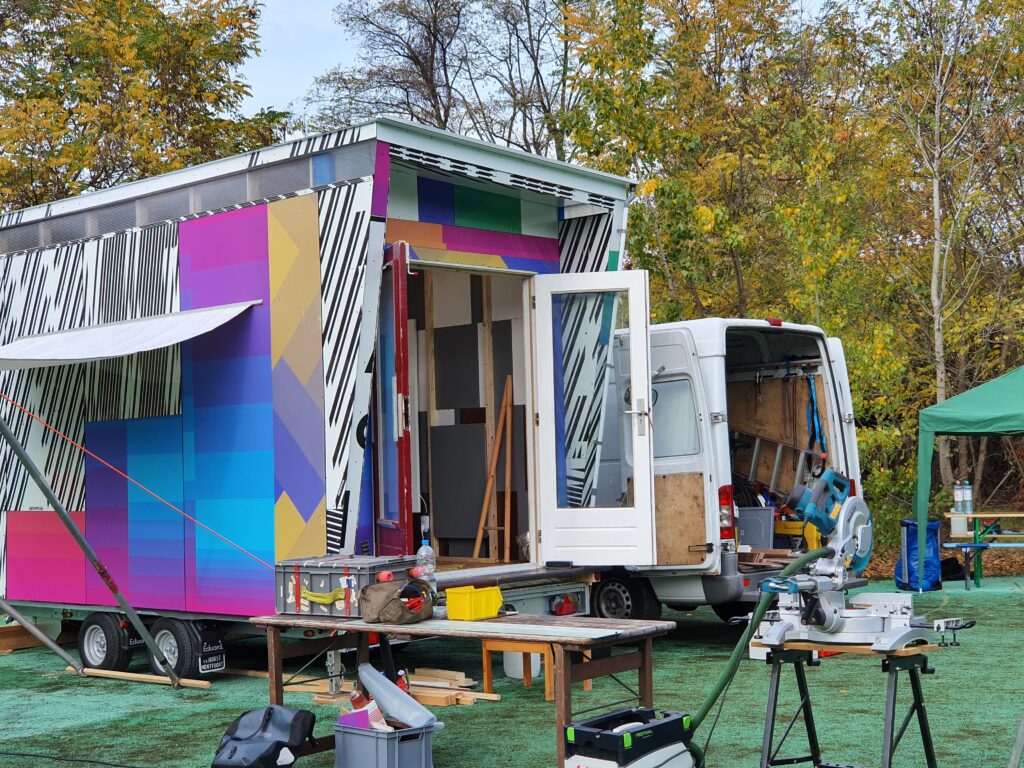
→ Tiny Houses
Tiny houses are moveable dwellings up to 50m2 that are suitable for residential use (Australian Tiny House Association). Tiny houses can be used as an add-on for different places for place activation and community building. They are more flexible, easier to organize, and also more environmentally sustainable.
→ “JA!Space” in Weißensee Ost: a tiny house has been serving as a mobile neighborhood center since 2022.
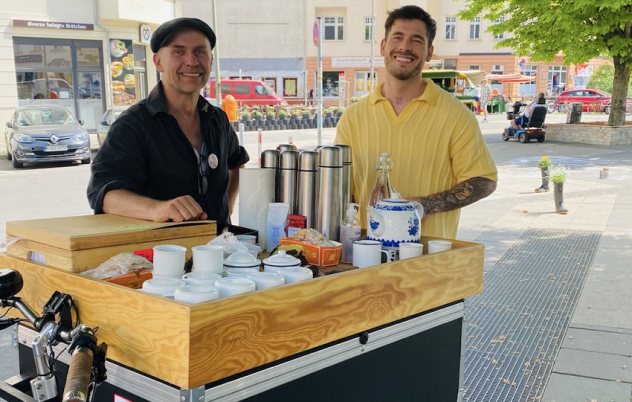
→ Cargo Bikes
A cargo bike is a bicycle that allows you to carry heavy loads in an easy way, for example, children, pets, shopping, and furniture. it’s also used as an information stand.
→ stadt:mobil: it is an electric cargo bike converted into an information booth, bringing knowledge and inspiration on sustainable urban development to the cities, precisely the “National Urban Development Policy” and the “New Leipzig Charter”.
→ Mobile Citymakers Tea-Salon by Jan Siefke, C*SPACE Berlin.
→ Mobiles Partizipation Lab
→ Further resources: Flotte Berlin – Free Cargo Bikes to rent.
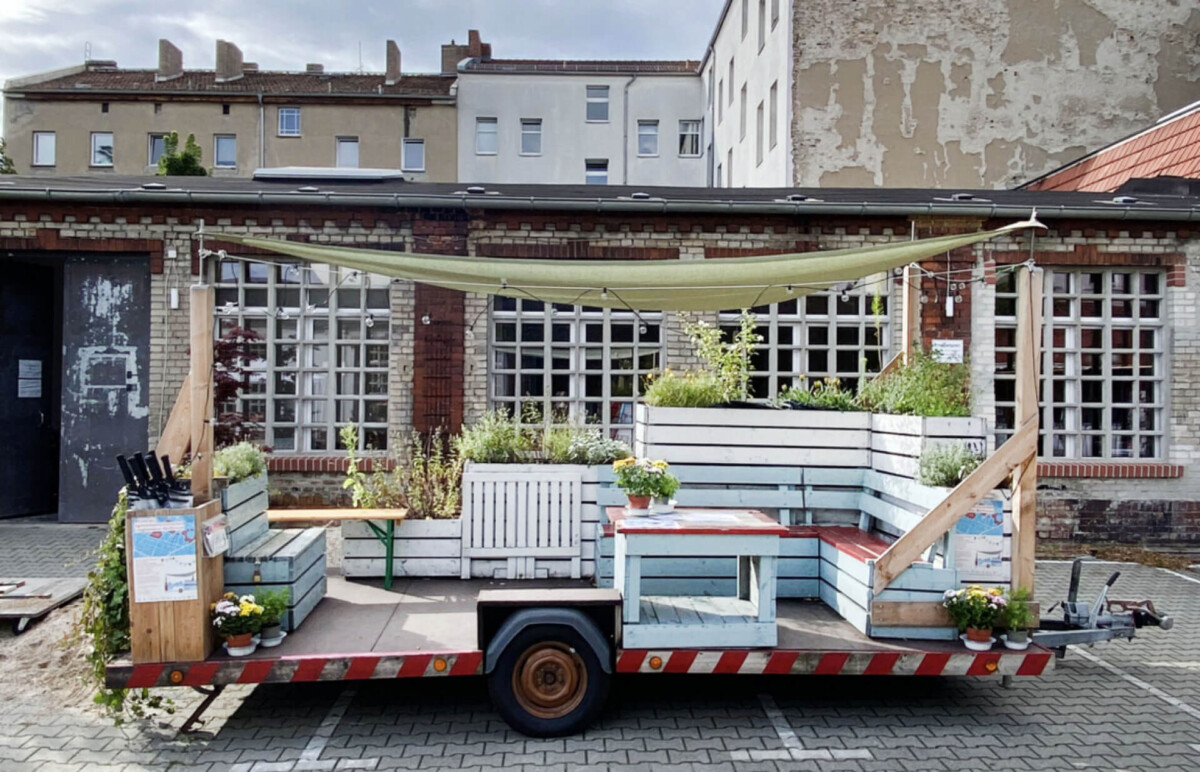
→ Parklets
Parklets sind aus Holz gebaute und mit möglichst viel Grün ausgestattete Stadtmöbel im öffentlichen Raum, die anstelle von geparkten Autos auf Flächen des ruhenden Verkehrs errichtet werden. Pro Parklet wird üblicherweise ein Parkplatz neu genutzt. Parklets werden von der Stadt Berlin gefördert. Parklets are wooden structures equipped with as much greenery as possible, built in public spaces in place of parked cars on areas of the road network reserved for stationary traffic. Typically, one parking space is repurposed for each parklet. In some neighborhoods – like the Langhanskiez – meeting points in public spaces are limited, and a city furniture like parklets and KIEZ:MOBIL can provide a solution. There’s a special Berlin program that supports the installation of parklets.A good example is the project KLIMAKIEZ Wedding On the basis of the KIEZ:MOBIL as an inspiration new city furniture was built tailored to the very place.


